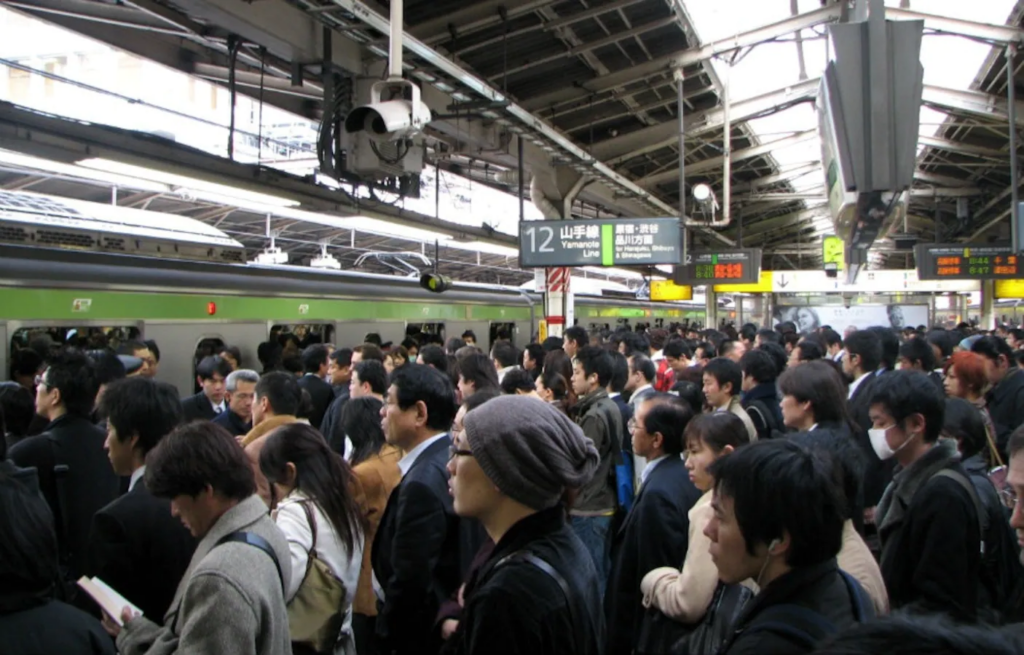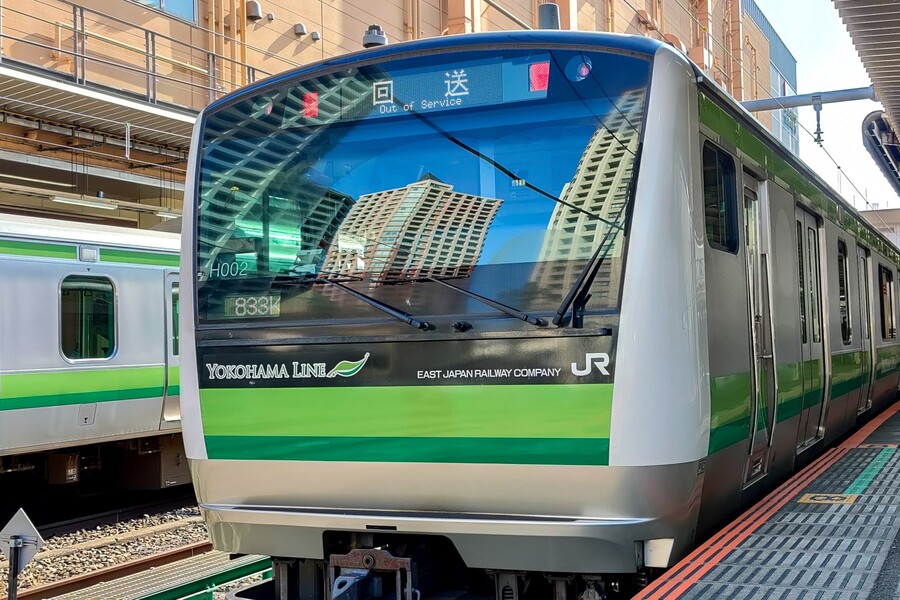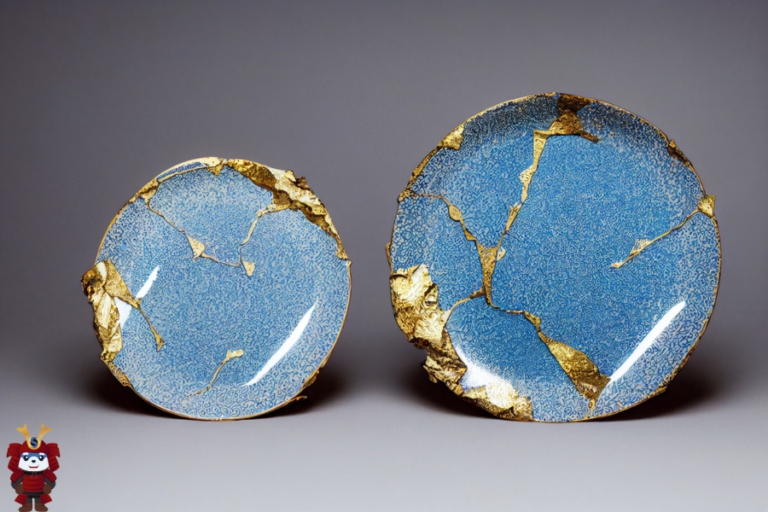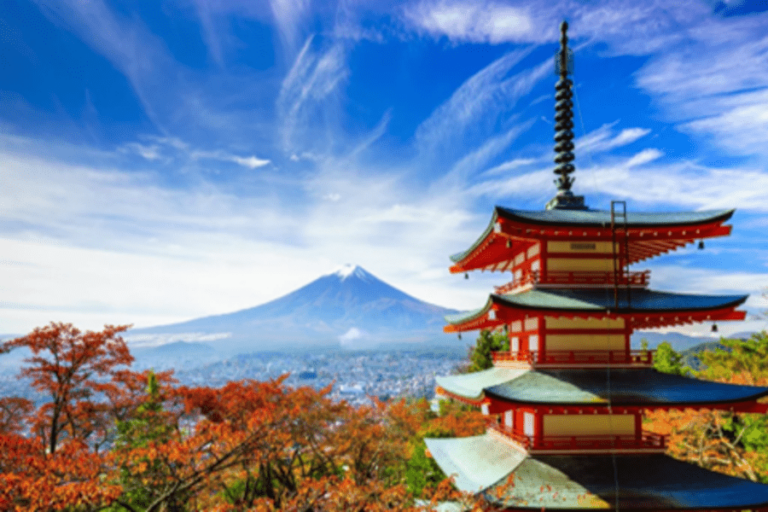Japan has a population of 126 million, and of those 126 million about 14 million people live and work in central Tokyo. This means that around 14 million people need to go to work each and every day. This feat requires an incredibly fast transport system that has to be affordable and efficient at the same time. Tokyo has tackled this problem with metros, you can get anywhere in Tokyo within 2 hours using any of 13 metro lines. Tokyo is one of the top if not the best cities in terms of transportation welfare.
How fast / efficient are the metro’s in Tokyo?
To simply answer that question: really fast and incredibly efficient. I currently have lived in Tokyo for about 2.5 months and the absolute longest I had to wait for a metro was only 9 minutes!
I’m Dutch and I have lived in the Netherlands my whole life before coming to Tokyo and let me tell you that the Netherlands doesn’t even come close in terms of efficiency regarding the transportation system. In the Netherlands it is very normal if you have to wait 30 minutes for a metro or 20 minutes on a bus, mainly due to the fact that the trains get canceled by the slightest inconvenience.
The fact that I live in the outskirts of Tokyo and I only have to wait for 6 minutes at most on my metro says it all: Tokyo is the king of transportation. Another great thing about the metro here is the fact that it is really cheap to use. In the Netherlands it is normal to pay 25 euro’s (3600 yen) when using the train to go to the city (which takes about 1 hour). Compare this to Tokyo where I only have to pay around 600 yen to get to Shibuya (a 45 minute ride), and you can see why Tokyo is superior. All these things combined make the Tokyo railway system the best railway system I have ever experienced, and I think that is the case for a lot of people.
The downsides of the metro’s in Tokyo
Of course, not everything about the railway system is perfect here in Tokyo. The congestion in rush hour is particularly terrifying. I’m sure we have all seen videos about conductors physically pushing passengers into the train. And let me reassure you that it is not that extreme in Japan, but the trains do tend to get very packed.
Rush hour.
Rush hour is usually between 7am and 9am in the morning and between 5pm to 8pm in the evening. Basically all the metros (leaving the center of Tokyo) are jam packed during these times and it can be difficult to find standing space during these times. Rush hour is never fun for anybody because you have little personal space and you can hardly move around.

What is the reason for rush-hour?
Like all countries in the world, rush hour is a result of extreme pressure on transport systems due to commuting to and from work. All workers in Tokyo’s urban heart have to go into the center in the morning and leave in the evening. This is why every metro going into Tokyo in the morning is packed and why every metro going out of Tokyo in the evening is also packed. I live in Nishidai, which is about 1 hour away from the center of Tokyo. The metro is relatively empty when I go to work in the morning because I leave at 08:45, which is late compared to the average employee in Tokyo. But the metros are packed in the evening, and I mean packed. But to be honest, as much as I hate rush hour due to the lack of personal space, heat and everything that comes with it, I can not deny that you get used to it. I think it comes with the territory when living in Tokyo.






